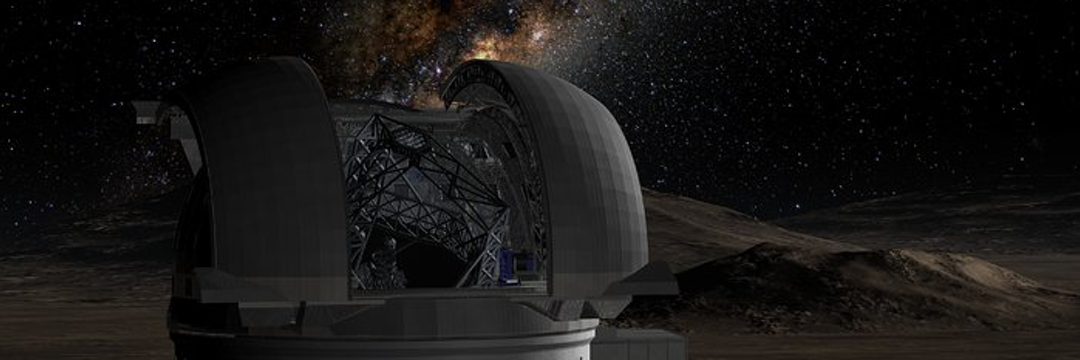
doi.org/10.1103/PhysRevLett.133.121404
Credibility: 989
#Matéria Escura
A recent study investigated how ultralight dark matter might affect gravitational waves, those ripples in space that occur when massive objects like black holes move in the Universe.
These changes could be detected by instruments in the future, such as LISA, a special gravitational wave detector that the European Space Agency intends to launch in 2035.
Scientists study various forms of dark matter because, until now, they don’t know exactly what it’s made of. One of these forms is the so-called “ultralight dark matter”, which is much, much lighter than an electron, and can present itself in different ways, such as “blurry dark matter” or “boson clouds”.
What Is Ultralight Dark Matter”
Ultralight dark matter is made of particles with very small mass, which form a scalar field, something similar to how temperature is distributed through the air in a room. This matter has a strange behavior: instead of forming clusters, like other types of dark matter, it acts in a wavelike manner. These waves can influence the way galaxies behave.
There are two main forms of ultralight dark matter: “blurry dark matter,” which does not form clusters, and “boson clouds,” which can grow around spinning black holes, absorbing some of their energy. This is called super-radiance.
What does this have to do with gravitational waves”
In this study, scientists focused on “EMRIs” (an acronym for “extreme mass ratio inspirations”). These are systems that have a supermassive (very large) black hole and a smaller object, such as a star or another black hole, that spirals until it merges with the larger black hole.
As the smaller object spirals toward the supermassive black hole, it emits gravitational waves. If there is ultralight dark matter in these systems, it could change the shape of these waves.
What Did Scientists Discover”
Scientists used a model that takes into account the effects of relativity (a theory that explains how things work in environments with extreme gravity or at high speeds, close to the speed of light). They found that when the smaller object passes through dark matter, it creates a “dense wake,” like the wave a swimmer makes in a pool. This wake generates an extra force of attraction that slows down the smaller object and changes the sign of the gravitational waves.
Furthermore, they realized that in some situations, the loss of energy caused by dark matter may be greater than the emission of gravitational waves itself.
How Will LISA Help”
LISA will be able to detect these changes in gravitational wave signals. It will be sensitive enough to notice small changes in the waves over weeks, months or even years, while tracking the movement of objects. This could help prove whether ultralight dark matter really exists.
If they don’t find these changes, the LISA data could still be useful in narrowing down where and how ultralight dark matter might be in the Universe.
And What Comes Next”
Scientists also want to study how other environments can affect gravitational waves, such as disks around black holes in active galaxies, where there is a lot of dark matter. These studies will help to better understand the role of dark matter in the formation of galaxies and the Universe.
Publicado em 10/21/2024 20h24
Artigo original:
Estudo original:


